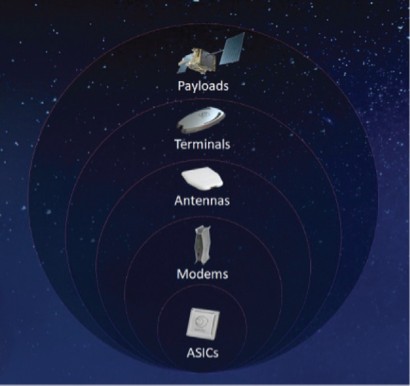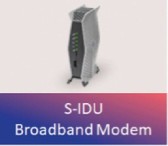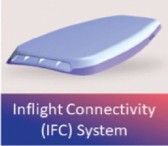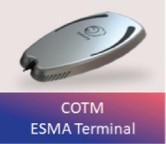We may be obligated to disclose our proprietary source code to certain of our customers, which may limit our ability to protect our intellectual property and proprietary rights.
In limited circumstances, our customer agreements may contain provisions permitting the customer to become a party to, or a beneficiary of, a source code escrow agreement under which we place the proprietary source code for certain of our systems in escrow with a third party. Under these source code escrow agreements, our source code may be released to the customer upon the occurrence of specified events, such as in situations of our bankruptcy or insolvency. Disclosing the content of our source code may limit the intellectual property protection we can obtain or maintain for our source code or our systems containing that source code and may facilitate intellectual property infringement, misappropriation or other violation claims against us. Following any such release, we cannot be certain that customers will comply with the restrictions on their use of the source code and we may be unable to monitor and prevent unauthorized disclosure of such source code by customers. Any increase in the number of people familiar with our source code as a result of any such release also may increase the risk of a successful hacking attempt. Any of these circumstances could result in a material adverse effect on our business, financial condition and results of operations.
Defects, errors or other performance problems in our software or hardware, or the third-party software or hardware on which we rely, could harm our reputation, result in significant costs to us, impair our ability to sell our systems and subject us to substantial liability.
Our software and hardware, and those of third parties on which we rely, is complex and may contain defects or errors when implemented or when new functionality is released, as we may modify, enhance, upgrade and implement new systems, procedures and controls to reflect changes in our business, technological advancements and changing industry trends. Despite our testing, from time to time we have discovered and may in the future discover defects or errors in our software and hardware. Any performance problems or defects in our software or hardware, or those of third parties on which we rely, could materially and adversely affect our business, financial condition and results of operations. Defects, errors or other similar performance problems or disruptions, whether in connection with day-to-day operations or otherwise, could be costly for us, damage our customers’ businesses, harm our reputation and result in reduced sales or a loss of, or delay in, the market acceptance of our systems. In addition, if we have any such errors, defects or other performance problems, our clients could seek to terminate their contracts, delay or withhold payment or make claims against us. Any of these actions could result in liability, lost business, increased insurance costs, difficulty in collecting accounts receivable, costly litigation or adverse publicity, which could materially and adversely affect our business, financial condition and results of operations.
Cybersecurity breaches, attacks and other similar incidents, as well as other disruptions, could compromise our confidential and proprietary information, including personal information, and expose us to liability and regulatory fines, increase our expenses, or result in legal or regulatory proceedings, which would cause our business and reputation to suffer.
We rely on trade secrets, technical know-how and other unpatented confidential and proprietary information relating to our product development and production activities to provide us with competitive advantages. We also collect, maintain and otherwise process certain sensitive and other personal information regarding our employees, as well as contact information of our customers and service providers, in the ordinary course of business. One of the ways we protect this information is by entering into confidentiality agreements with our employees, consultants, customers, suppliers, strategic partners and other third parties with which we do business. We also design our computer networks and implement various procedures to restrict unauthorized access to dissemination of our confidential and proprietary information.
We, and our service providers which may have access to any such information, face various internal and external cybersecurity threats and risks. For example, current, departing or former employees or other individuals or third parties with which we do business could attempt to improperly use or access our computer systems and networks, or those of our service providers, to copy, obtain or misappropriate our confidential or proprietary information, including personal information, or otherwise interrupt our business. Additionally, like others, we and our service providers are subject to significant system or network or computer system disruptions from numerous causes, including cybersecurity breaches, attacks or other similar incidents, facility access issues, new system implementations, human error, fraud, energy blackouts, theft, fire, power loss, telecommunications failure or a similar catastrophic event. Moreover, computer viruses, worms, malware, ransomware, phishing, spoofing, malicious or destructive code, social engineering, denial-of-service attacks, and other cyber-attacks have become more prevalent and sophisticated in recent years. Attacks of this nature may be conducted by sophisticated and organized groups and individuals with a wide range of motives and expertise, including organized criminal groups, “hacktivists,” terrorists, nation states, nation state-supported actors, and others. We have been subject to attempted cyberattacks in the past, including attempted phishing attacks, and may continue to be subject to such attacks in






